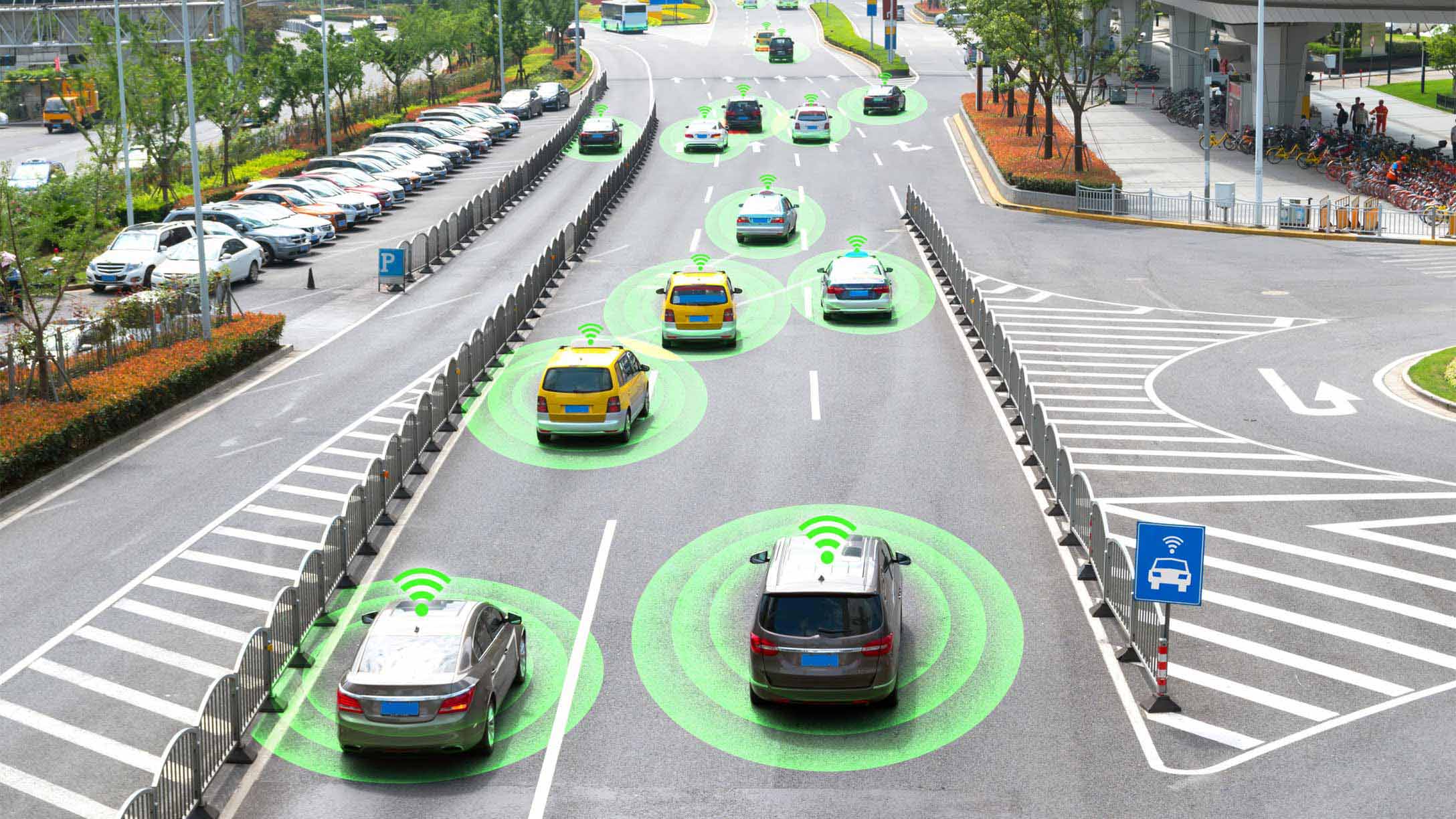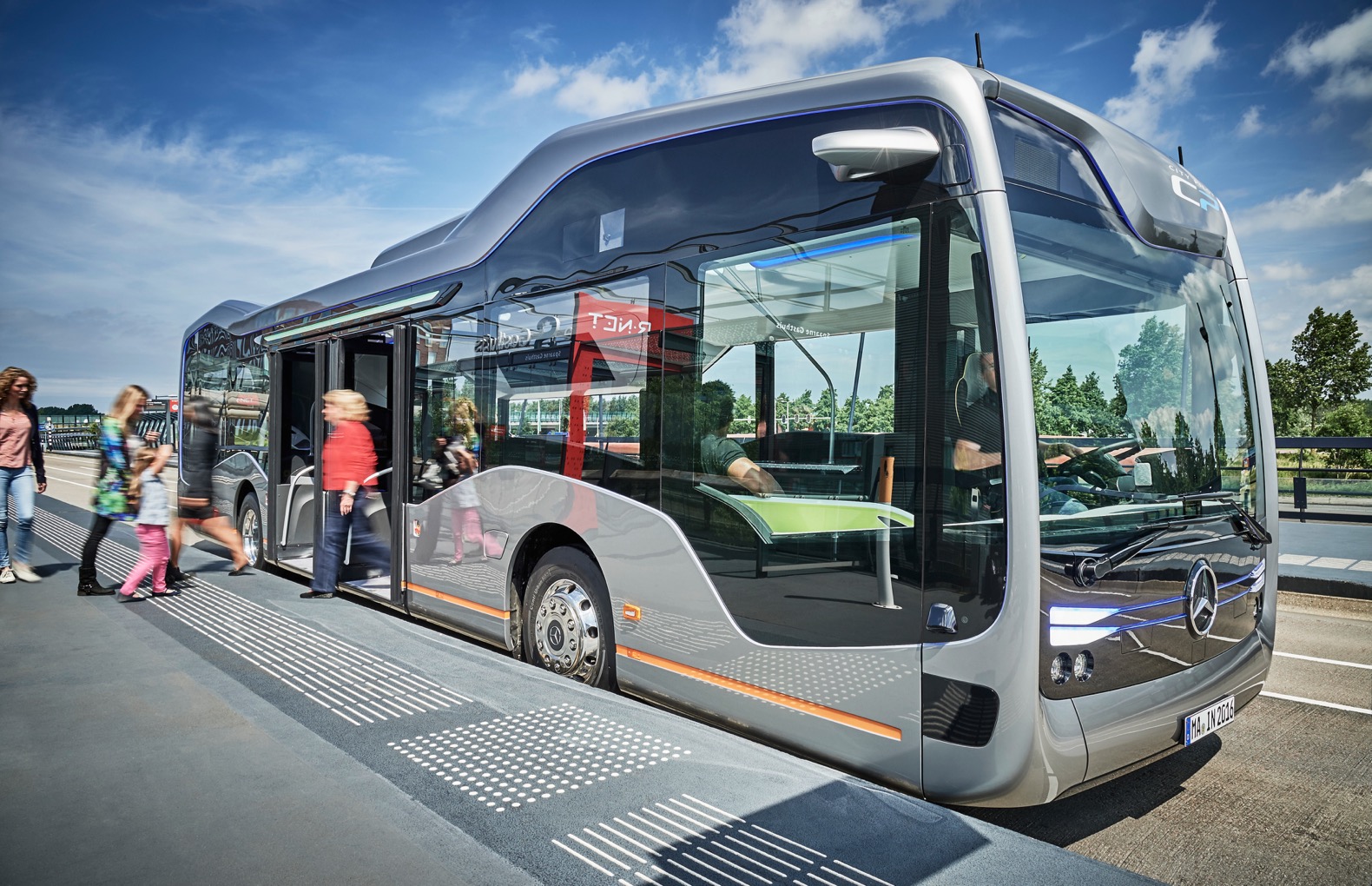When looking at the future of transportation, many things should be considered. Among these are the safety of drivers, micromobility, and new railway systems. All of these technologies can improve the lives of people. They are also helping to make our cities more sustainable, which benefits our economy.
Self-driving cars
The mobility industry is investing billions in the development of self-driving car technology. These vehicles will become a new reality in the next few years. However, they could also disrupt many aspects of society.
Self-driving cars will need to be able to make instantaneous decisions. For example, they will need to know when to slow down, swerve, porn hub, and stop. In addition, their sensors will have to learn how to identify animals, people, and objects in the vicinity.
In addition to reducing traffic congestion and fatalities, autonomous vehicles may free up real estate for other uses. They may also lead to a rise in auto-sharing. Finally, autonomous cars could cut the cost of travel, making point-to-point services more efficient.
Despite the technology’s potential benefits, some experts warn that self-driving cars could create more sprawl. As they become more advanced, they will need more roadside sensors. This will enable them to respond to hazards.
It will also be necessary for driverless vehicles to be able to react to pedestrians. For example, one Uber autonomous car hit a pedestrian in March 2018.
There are concerns that full automation of cars could negatively impact the workforce, particularly for people with physical limitations. While this may be true, the ability to transport passengers without a driver may create new opportunities for people with disabilities.
A recent study from McKinsey & Company suggested that autonomous vehicles could reduce emissions and improve safety. Specifically, the research predicted that autonomous trucks would save energy and boost driver safety.
Currently, the auto industry is focusing on making Level 3 automation available in cars by 2021. Some companies, including Waymo, are already selling cars with this feature.

Self-driving buses
Self-driving buses in cities are changing the way people travel. Rather than relying on human drivers, this new transit system could be operated by a “safety driver” who can take over in a split-second if needed.
The FABULOUS project, funded by the EU, will launch pilot tests in four European cities. The self-driving shuttle is scheduled to be introduced in Tallinn, Estonia, mid-June 2020. Other tests are expected to be performed in Gjesdal, Norway, and Lamia, Greece, in the fall of 2020.
The Xcelsior AV is a 40-foot vehicle that can carry up to 80 passengers. It is equipped with cameras, optical sensors, and radar. This technology will allow the bus to detect pedestrians, vehicles, and obstacles.
As well as being able to perform routine tasks, the Xcelsior AV has a unique feature: it can share information with other buses. As a result, the autonomous bus can maneuver in a virtual track with the correct information.
Although not yet fully automated, the shuttle bus is an excellent first step. It can handle city traffic with ease. However, it still requires a safety driver to take over in an emergency.
Until now, there has been little research into the use of autonomous buses in the context of a city. This paper aims to fill that gap. Specifically, it presents quantitative and qualitative findings on residents’ intentions to use such vehicles before and after they are introduced.
A small sample of participants in this study said they would be most interested in an autonomous bus that would pick them up at their homes, drop them off at work, and even deliver them to the doctor’s office. They also believed that the most essential benefit of such a vehicle is that it could improve their trip reliability.
Micromobility
Micromobility solutions are becoming a common theme in cities around the world. They are an alternative transportation option to cars, and they can provide a much more efficient way to get around. However, micromobility is only effective when implemented in a way that lupoporno makes sense for a city’s specific commute patterns. It can also be used as a part of shared use services, thereby incentivizing certain behaviors.
Several cities have already deployed e-scooter pilot programs because of their popularity. Others are experimenting with helmet use and speed management to ensure safety and reduce congestion. However, despite the popularity of e-scooters, many have experienced problems due to the need for more supporting infrastructure.
In the U.S., nearly 60 percent of trips are less than five miles. So this is a tremendous opportunity to build a more efficient and connected city, especially for those living in areas without public transit.
Although there are many micromobility solutions on the market, a more strategic approach is to develop a system-level solution that will improve mobility for all. To that end, the Federal Highway Administration (FHWA) is actively participating in coordination meetings with the public and private sectors to develop a coordinated transportation plan.
In addition, micromobility is often seen as the answer to first-mile / last-mile problems. However, this is only sometimes the case. Using the right technology can create a sustainable revenue stream for providers.
To implement a micromobility solution, cities need to be mindful of their demographics, commute patterns, and infrastructure. Smart regulation could mitigate some of these issues, but a gradual industry maturation can be a good start.
New railway systems
As the world’s population continues increasing, cities face a new challenge. Cities must invest in rail systems to meet the needs of their citizens and remain competitive in the marketplace.
The cost of building rapid rail transit is high in the United States because public transit agencies need to be funded. To mitigate this problem, cities can improve permitting processes and gather more data on construction projects.
However, urban rail transport systems should focus on short interstation distances. If stations are too far apart, it can be difficult for people to access them. Also, the speed of the trains may be limited due to existing rail lines. This can prevent the rope from providing comparable service to private modes, such as cars.
A solution to this problem is integrating intelligent rail systems into urban transport. The system can automatically adjust the frequency of train services depending on the flow of people. It can also reduce wait times.
Cities like Montreal are planning to expand their automated rail system. They are also building an automatic metro tunnel connecting the suburbs to the city.
Other cities are expanding their light rail lines. Paris’ Tramway 9 is a 6.4-mile line serving more than one million daily passengers. Ottawa’s Trillium Solopornoitaliani Line South will add 9.9 miles of new service to the regional system.
More cities are expected to build new metro extensions in the coming years. These carry about 12 times as many passengers as the current lines.
In addition to the metro extensions, dozens of bus lines and streetcars will be built. Twenty-three cities across the country are scheduled to open new systems by 2023.

Safety
One of the most critical aspects of achieving safe public transportation is enhancing communication about safety and security issues. This is critical for building public trust and awareness of the risks involved. It also plays an essential role in developing better traffic behavior.
Safety and security in public transportation is a complex subject involving various parties. Therefore, all stakeholders need coordinated efforts to tackle the problem effectively.
The first step in addressing the issue is identifying relevant risk factors and countermeasures. RAND research examines corporate policies, government policies, and insurance liability to understand these factors and their relevance. Then, using factor analysis, researchers determine the elements with the highest rank of importance for each variable.
Safety and security in public transportation require coordinated action from all stakeholders. These stakeholders include the user, the driver, and the local government. They all play an essential role in ensuring the safety of everyone.
A practical action plan should include a clear goal for each step. It should also specify a time frame for implementing the improvement.
A short-term action plan involves improvements to hardware and infrastructure. A medium-term action plan focuses on improving safety standards. Finally, a long-term action plan consists in advancing safety and security practices.
While many people agree that safety and security in public transportation are a priority, there is a need for more research on this topic. In addition, developing countries need to research how best to implement safety and security.
During the Volpe symposium, Sidewalk Labs CEO Daniel Doctoroff, Harvard University economics professor Edward Glaeser, and NHTSA Administrator Mark Rosekind discussed the latest in intelligent transportation. In addition, they highlighted how Intelligent Transportation Systems (ITS) can be used to reduce fatalities.